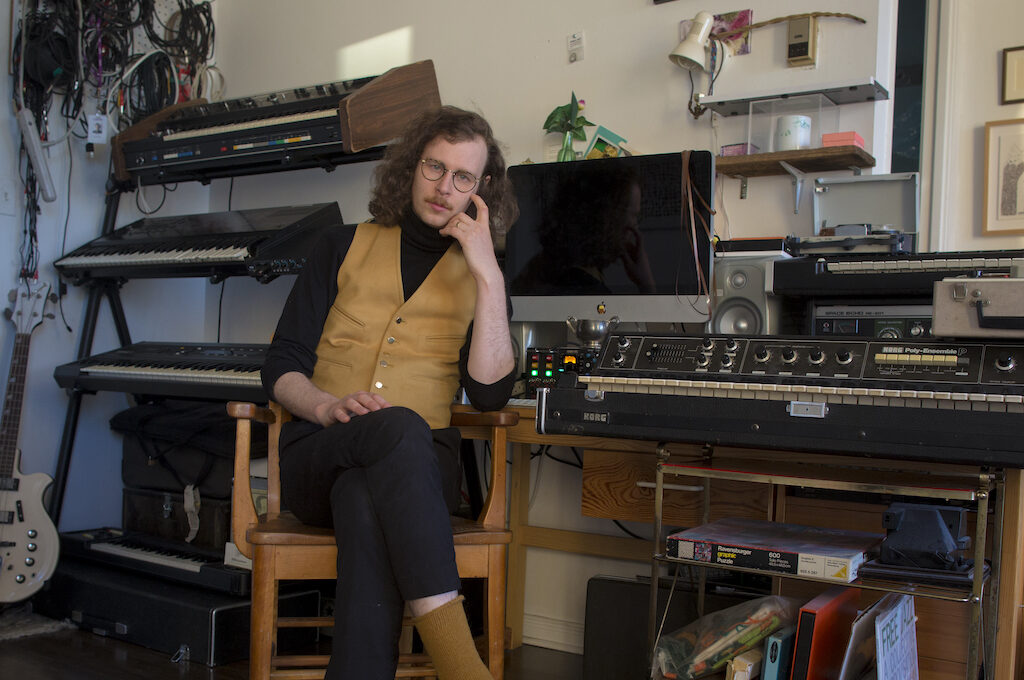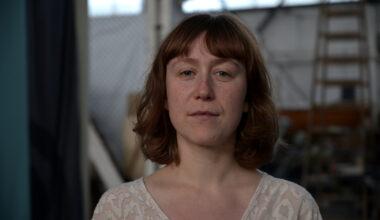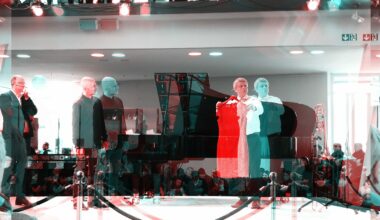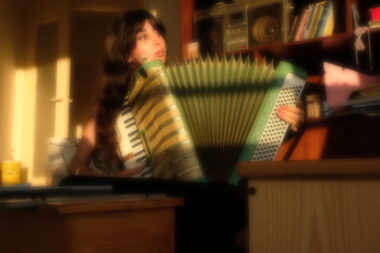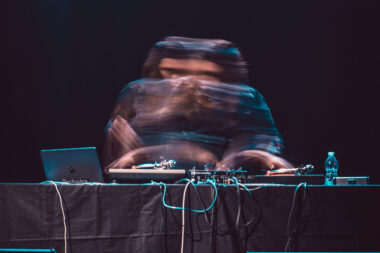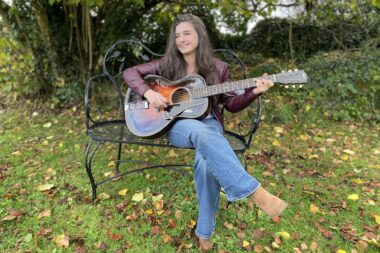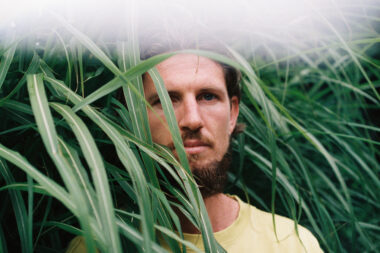For Memory Pearl’s »Music for 7 Paintings« Moshe Fisher–Rozenberg traveled to art galleries throughout North America searching for paintings which would enrapture him.
Like the experience of being drawn into the worlds of those paintings, these seven tracks — each one directly referencing a single work by Joan Mitchell, Robert Ryman, Lee Krasner, Helen Frankenthaler, Franz Kline, or Jackson Pollock — are love letters to the sympathetic vibration of one creative mind encountering another. They trace the way art inspires and generates art. Each resonates with the reconstructive energy that comes from translating the visual to the auditory.
One might expect a jagged, alienating angularity, given the modernist and postmodern source material. Instead there is warmth and depth of sentiment, accented by the analogue and digital synth pitch–shifts and cascades. The pieces crackle with the energy of translation: something new is created as the medium changes, mediated across the boundaries of genre. There are associations, asides, tangents as each work is »read« into its new format. There is no alienation, no cold distance: only engagement and warmth. The album’s lead track, Natural Answer, 1976 opens with sounds that feel like the gaze being caught and drawn into an intimate emotional connection with a work. Cupola, 1958–1960 begins with a thickly layered wash of sound as nostalgic as a train ride through the outskirts of a city at night, then expands into a cavernous memory–scene of personal association.
FACTS
1. Rhythm is Rhythm
2. »Music, as a structured envelope of sound, is probably the most effective and safe opener to the doors of the psyche…« — Helen Bonny
3. »Money is sad shit« — Richard Brautigan
QUESTIONS
1. What is the biggest inspiration for your music?
Abstract Expressionist paintings.
2. How and when did you get into making music?
When I was a toddler, I used to sit quietly making rhythms with my teeth (truth).
3. What are 5 of your favourite albums of all time?
I’m too moody for favourites, but these albums have shaped me along the years:
David Behrman – On the Other Ocean
Alice Coltrane – Ptah, the El Daoud
Brian Eno – Another Green World
Kraftwerk – Ralf & Florian
Captain Beefheart – Doc at the Radar Station
4. What do you associate with Berlin?
Ash Ra Tempel
5. What’s your favourite place in your town?
Toronto Island, Autumn.
6. If there was no music in the world, what would you do instead?
Fade into the environment… listen to the birds… the waves… the wind…
7. What was the last record/music you bought?
A compilation of rave chillout music – Virtual Dreams: Ambient Explorations In The House & Techno Age, 1993-1997. Deeply good.
8. Who would you most like to collaborate with?
The ghost of Clara Rockmore. I would have loved to make dreamy, mystical theremin music with her.
9. What was your best gig (as performer or spectator)?
I once performed in an ancient armory… in a walled town in France (I can’t quite remember the name). Being in that environment, I remember feeling an overwhelming sense of gratitude being able to play music instead of having to suit-up and go to war or something.
10. How important is technology to your creative process?
1000% – tech empowers me to go nuts. So flexible – I love to swap and manipulate sounds and collage different ideas together.
11. Do you have siblings and how do they feel about your career/art?
My brother, Jacob, is a huge supporter. He was one of the first people I sent my record to and it became the soundtrack to the biggest trip of his life.
Fisher–Rozenberg brings a vast experience to bear on the paintings that inspire »Music for 7 Paintings«. While this may be his debut full length as a solo artist, he is a consummate collaborator (Alvvays, Fucked Up, U.S. Girls, Youth Lagoon, Man Forever) best known as the drummer and synthesist in Absolutely Free. Also clear is his visual sensibility — his instinct for how to translate the emotive context of visual art into sound, honed in collaborative work on kinetic sculptures, immersive installations and film scores. But what most comes to the fore is perhaps his recent graduate work in music therapy, and the sensitivity learned through his leading of music therapy sessions at Toronto’s Centre for Addiction and Mental Health. This direct encounter with music’s power to heal lends the tracks a sacred, therapeutic quality. They are suffused with curative frequencies that connect the isolated individual to a world of contemplative beauty.
